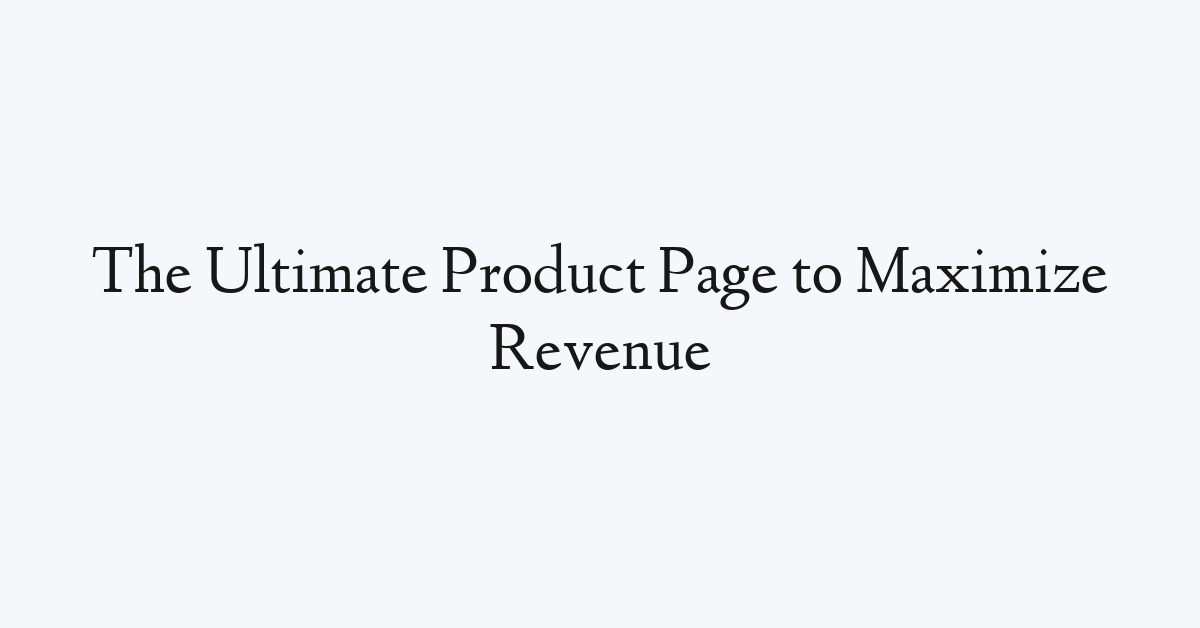When designers are in the process of designing a new e-commerce website, sometimes they only think about how aesthetically pleasing the site looks and not necessarily the functionality for the end-user. This is totally natural and that is why having a marketer working directly with a designer can help to create not only a good looking shopping cart, but a cart that converts!
The nice thing about many of the newer carts is that they have lots of functionality options already built in, but just because they come with lots of options doesn’t mean you don’t have to still customized certain features.
Add to Cart
It kills me to see a shopping cart where you struggle to figure out how to buy the product. Make sure the easiest thing to do on your product page is “Add to Cart”. Make the button prominent and a color that stands out from the rest of the page. This can actually be one of the main elements of a product page that you can split test to see which version of “add to cart” converts better.
High-Quality Photos/Alternate Views
When it comes to shopping online, product photos are huge! Making sure you spend the money to have a professional product photographer come in and take high-quality photos will make your product seem tangible and help the user picture what the product actually looks like.
Depending on the product, you may want to go the extra mile and provide a 360 view or alternative views of your product. Best if used for products that have various dimensions or needs different angles to picture the entire product.
Detailed Product Description
Having a detailed product description can help from a number of different aspects. For one, it helps from an SEO standpoint (as long as it is unique). If 100 websites copy and pasted the product description from the manufacturer and you take the time to write a unique description, it can give you a boost in rankings.
For people that want to read about the technical details of a product, a detailed description can give the potential buyer the information they need to make a purchasing decision. Especially for electronic products, make sure you have all of the technical requirements. For things like furniture, make sure you have dimensions listed in case the user wants to make sure it fits in a particular area of their house.
Multiple Checkout Options
There are two parts to checking out.
- Nothing is worse than requiring a user to have to sign-up for an account to buy something. Give the user the option to either Checkout As Guest, Sign-Up & Check Out, or Register & Checkout.
- Part two is giving the buyer the ability to pay using the method they prefer. Some shoppers like to buy with Paypal or Google Checkout, while others like to use their credit card.
Promo/Coupon Code Field
A marketing tactic that has really taken off the last few years are using promo/coupon codes for discounts on products. In a down economy, buyers are looking for any way to save a few bucks, so before many shoppers buy they want to find a promo code that will give them a few bucks off or even free shipping. Make sure you can create and accept promo codes on your checkout page.
Sell-Ups/Cross-Sells/Related Products
When someone is ready to buy on your site, this is the best time to try and get them to purchase related products from the product they are looking to buy. GoDaddy.com does an excellent job of this when you go to buy a domain, as they try to get you to renew domains that are almost expired, add-on other products like hosting, private registration, and other related services.
Promotion Sign-Up
What is better than getting someone to purchase something from your website? Getting that person to buy over and over again. In order to do this, get them to opt-in for future emails from you. Once you do this, you can email them specials, new products, discounted items, etc…
Probably the best time to get the user to opt-in is when they are in the checkout process. Provide a quick checkbox next to their email address that is pre-populated to accept promotional emails.

